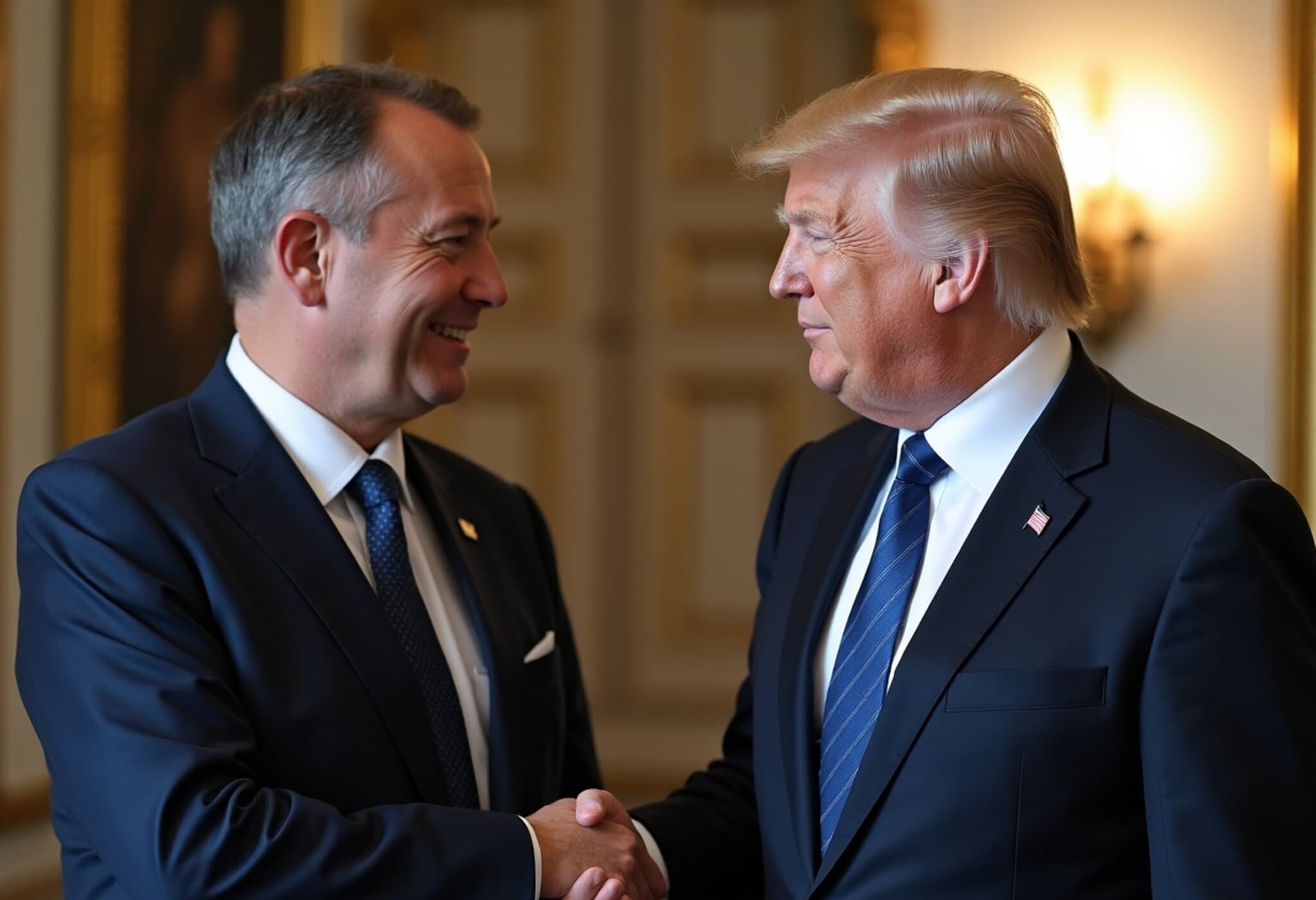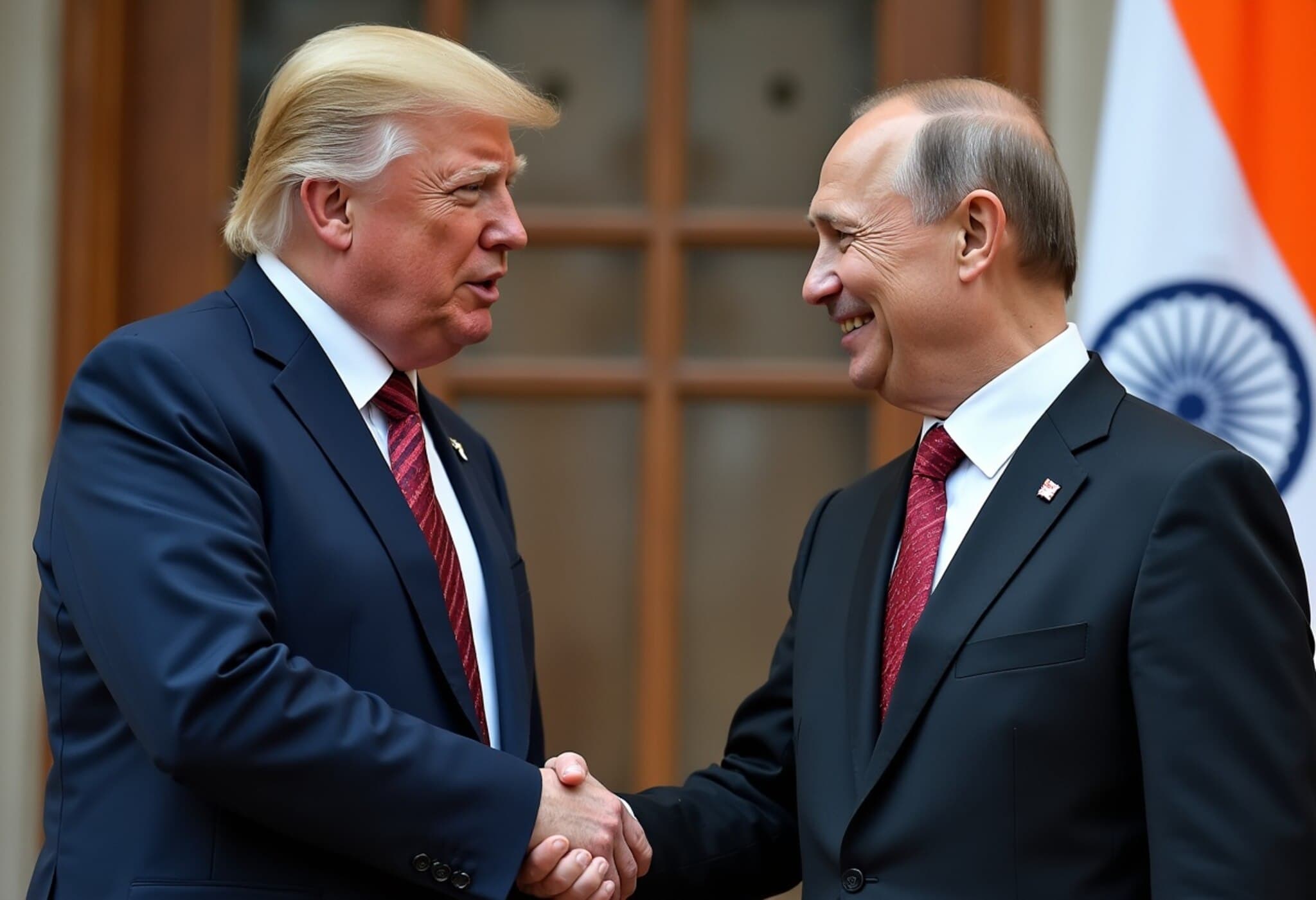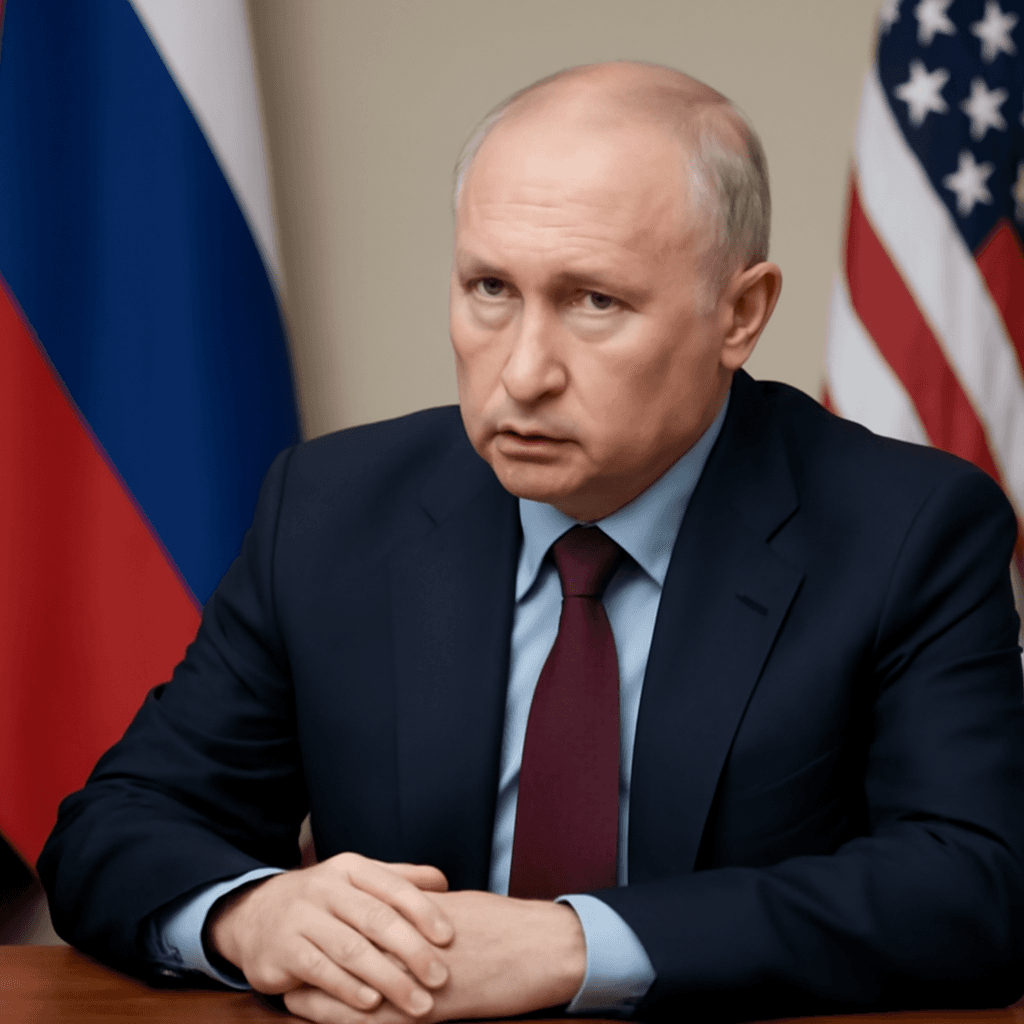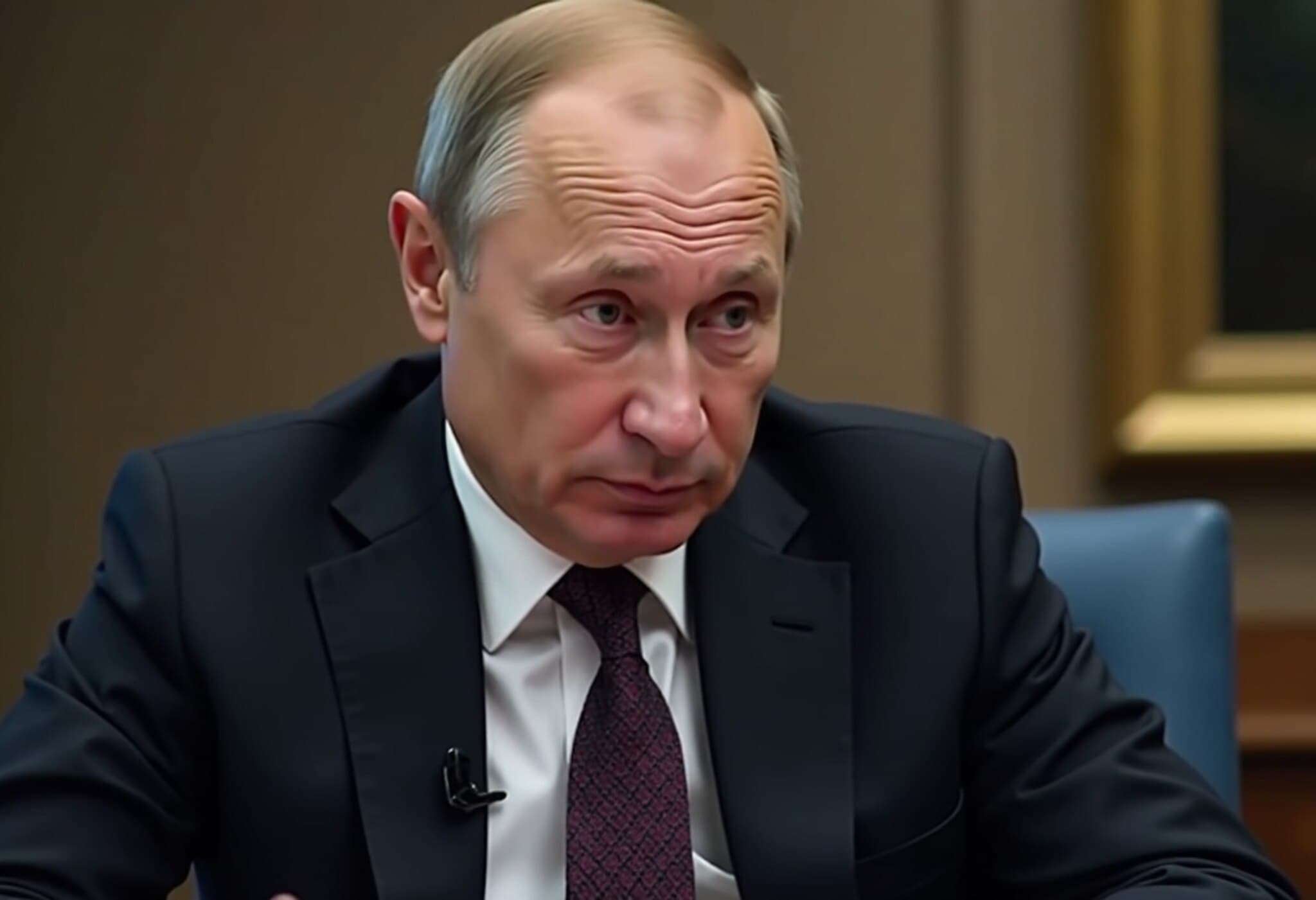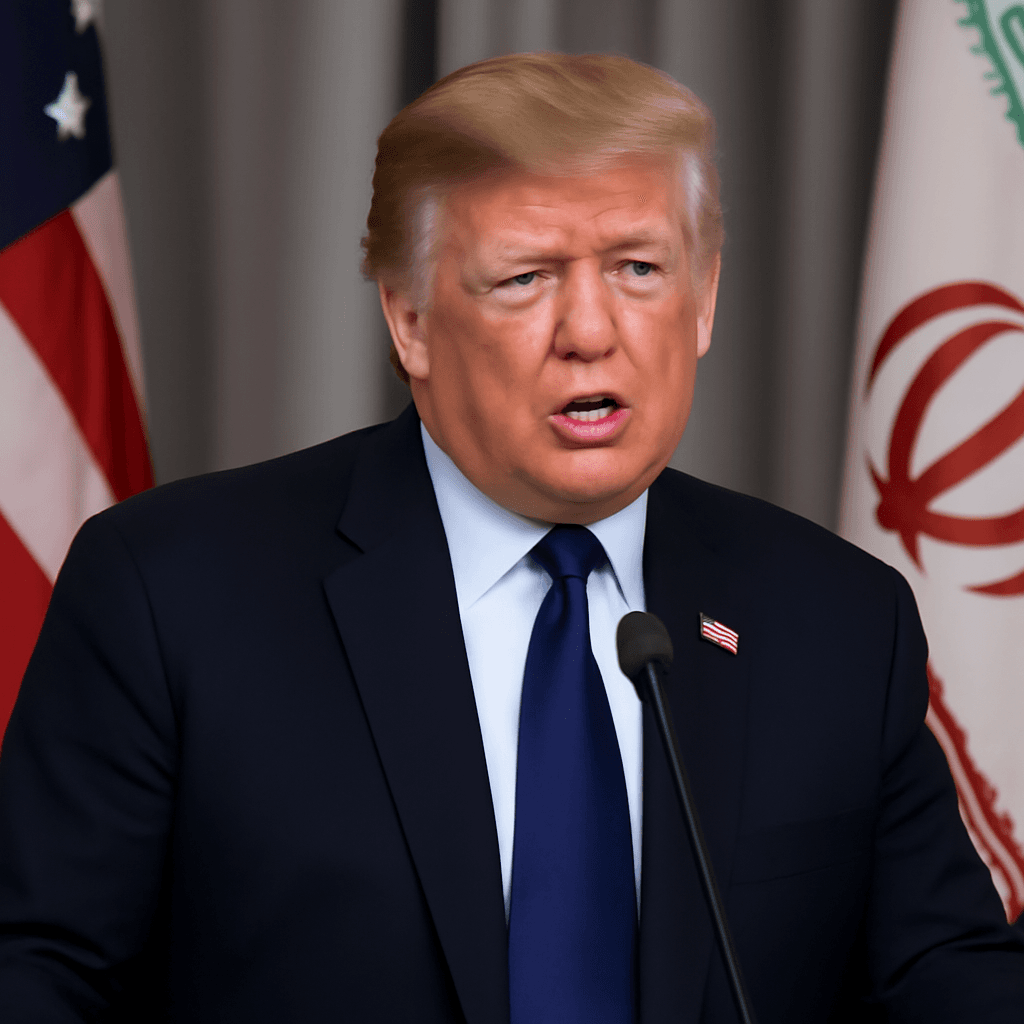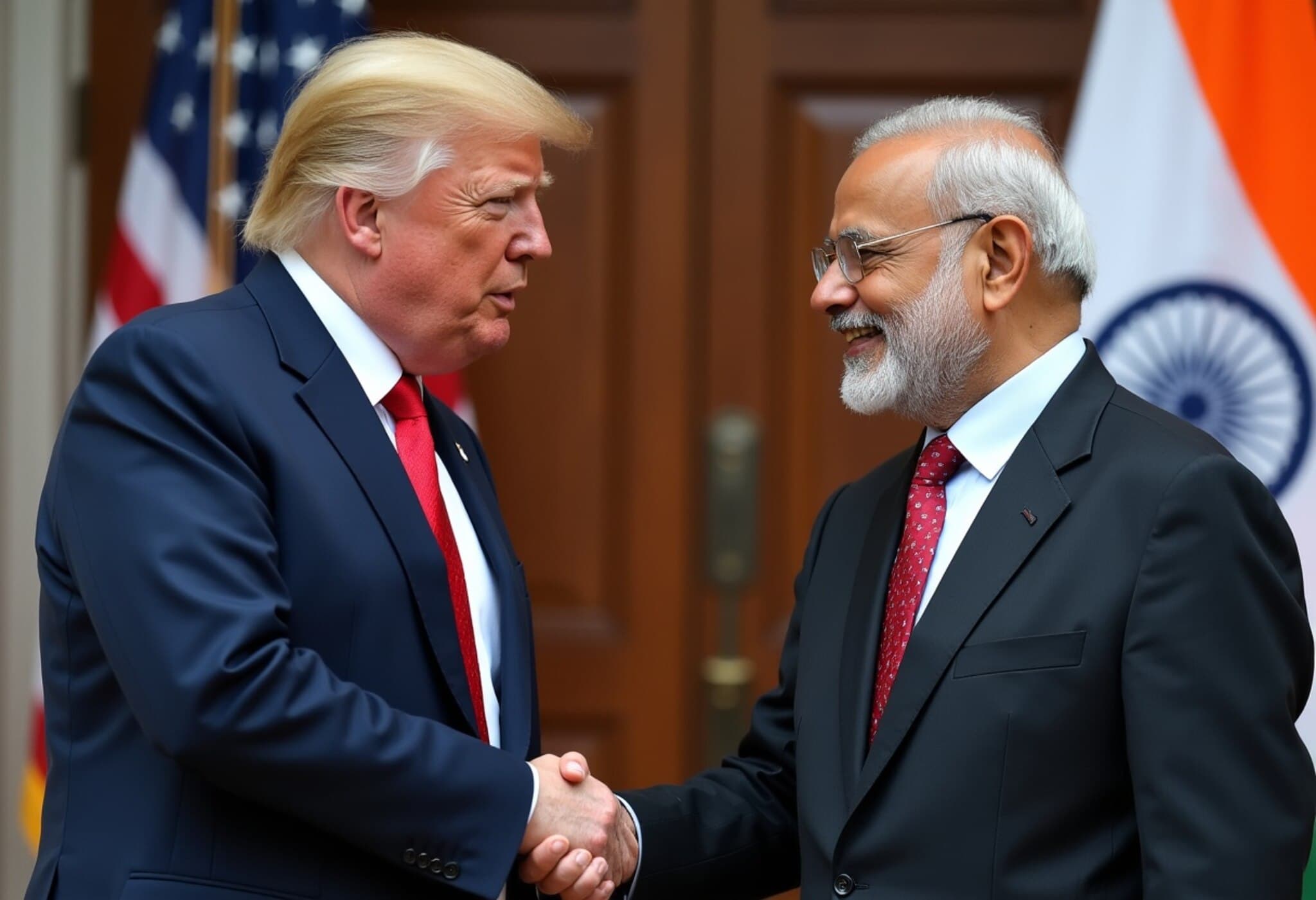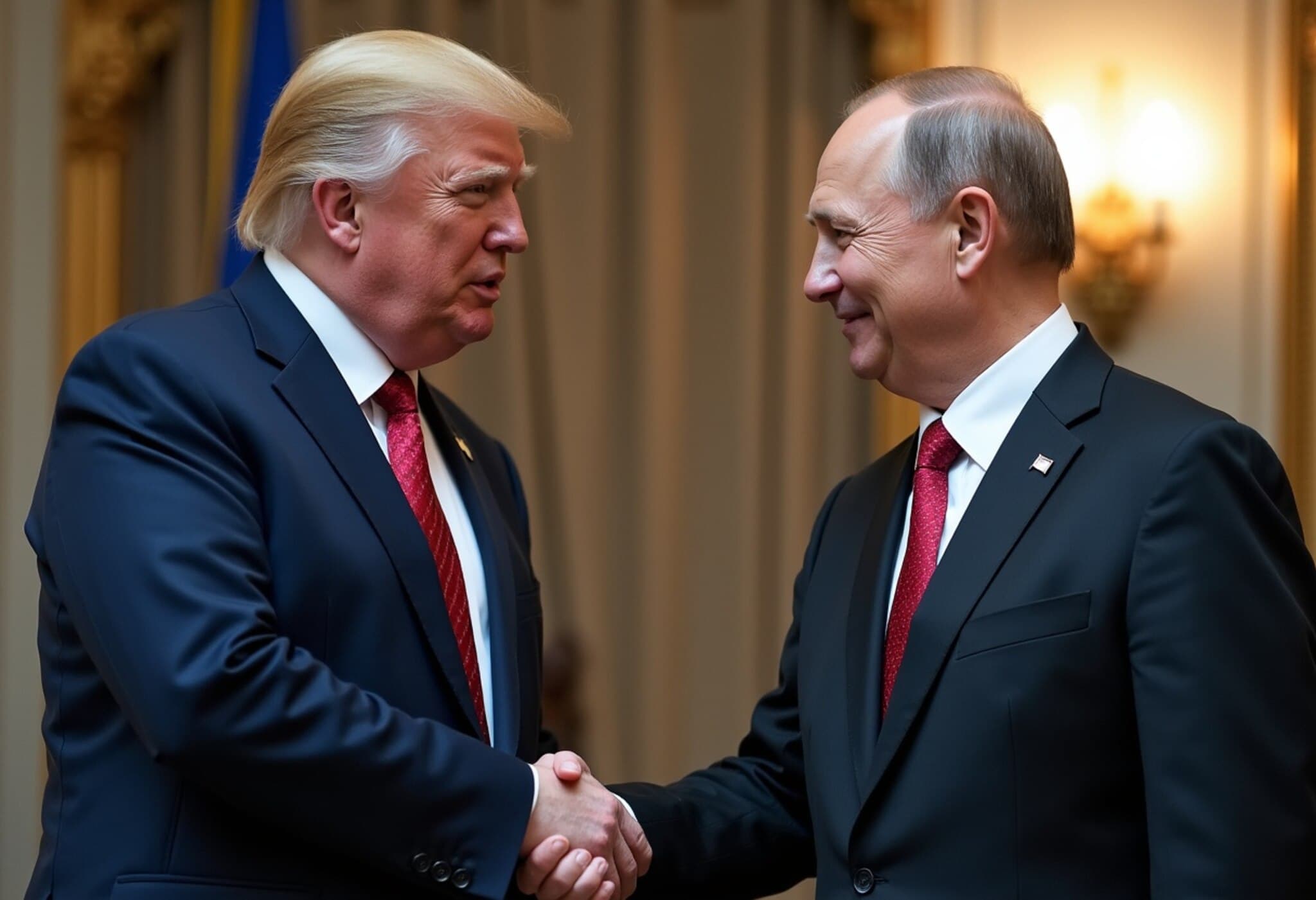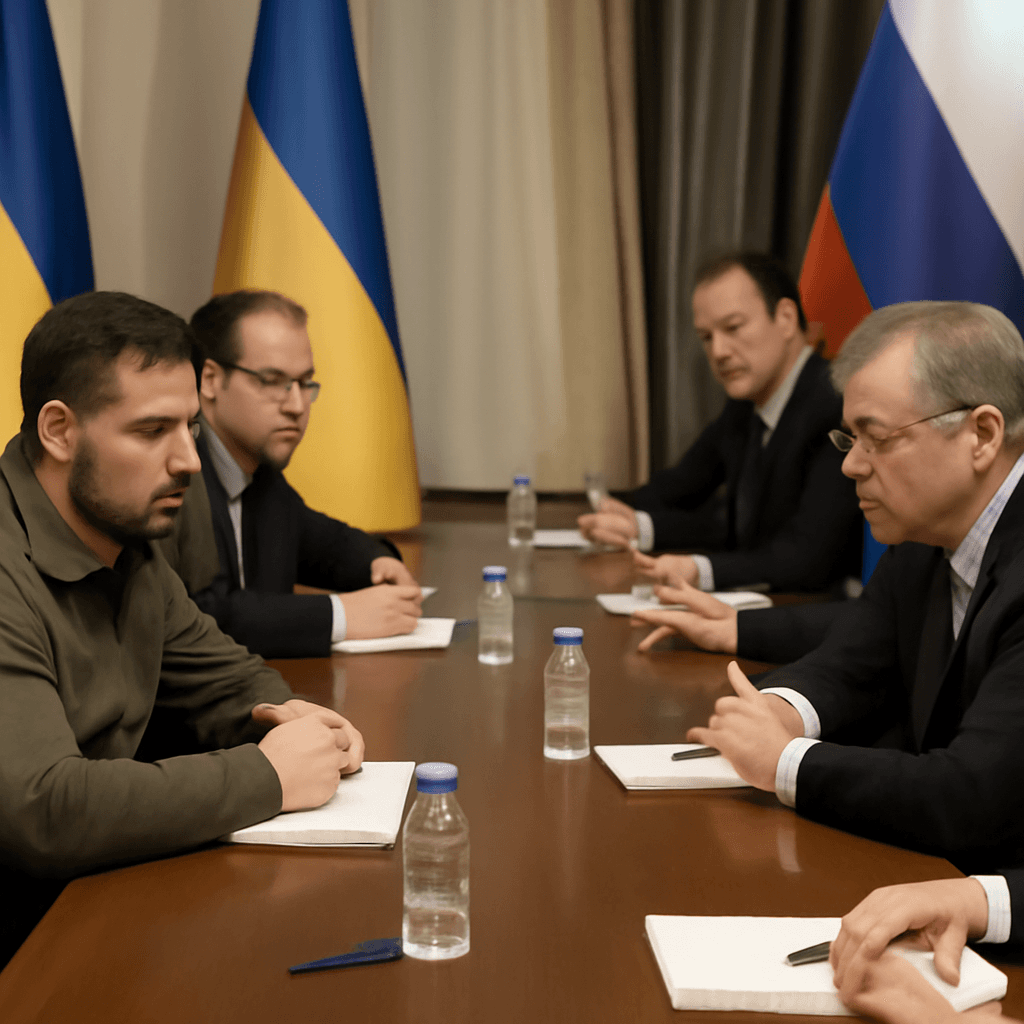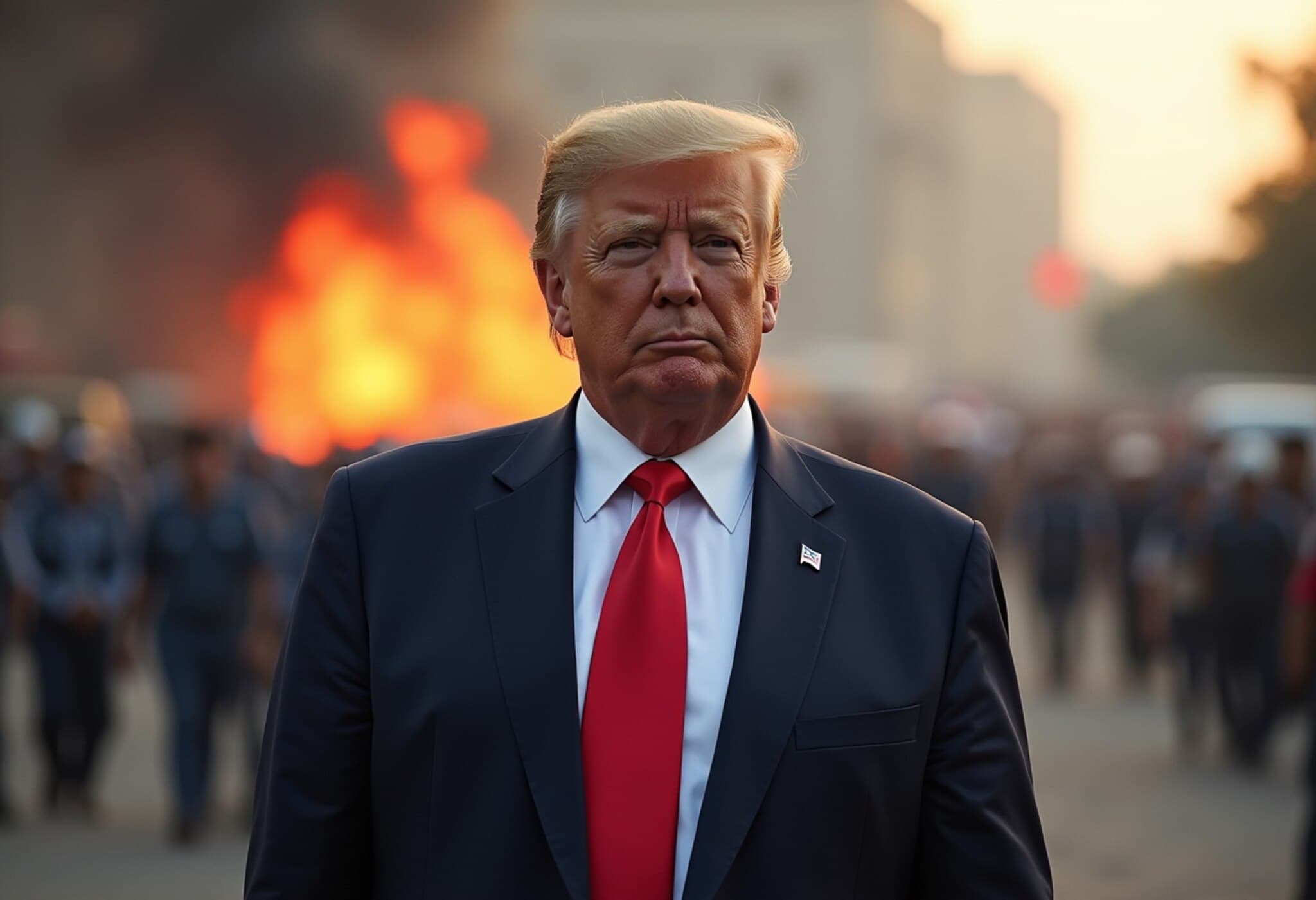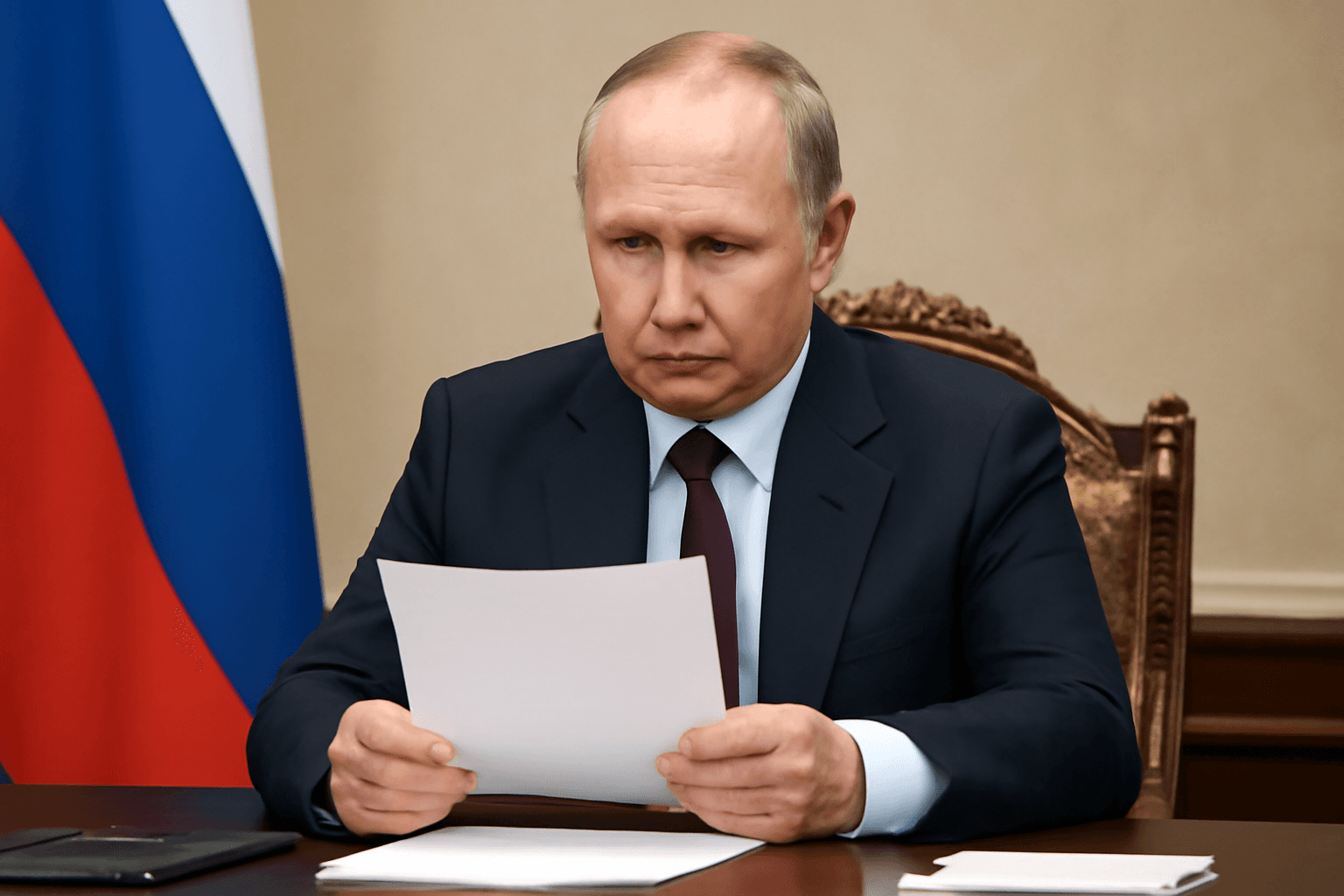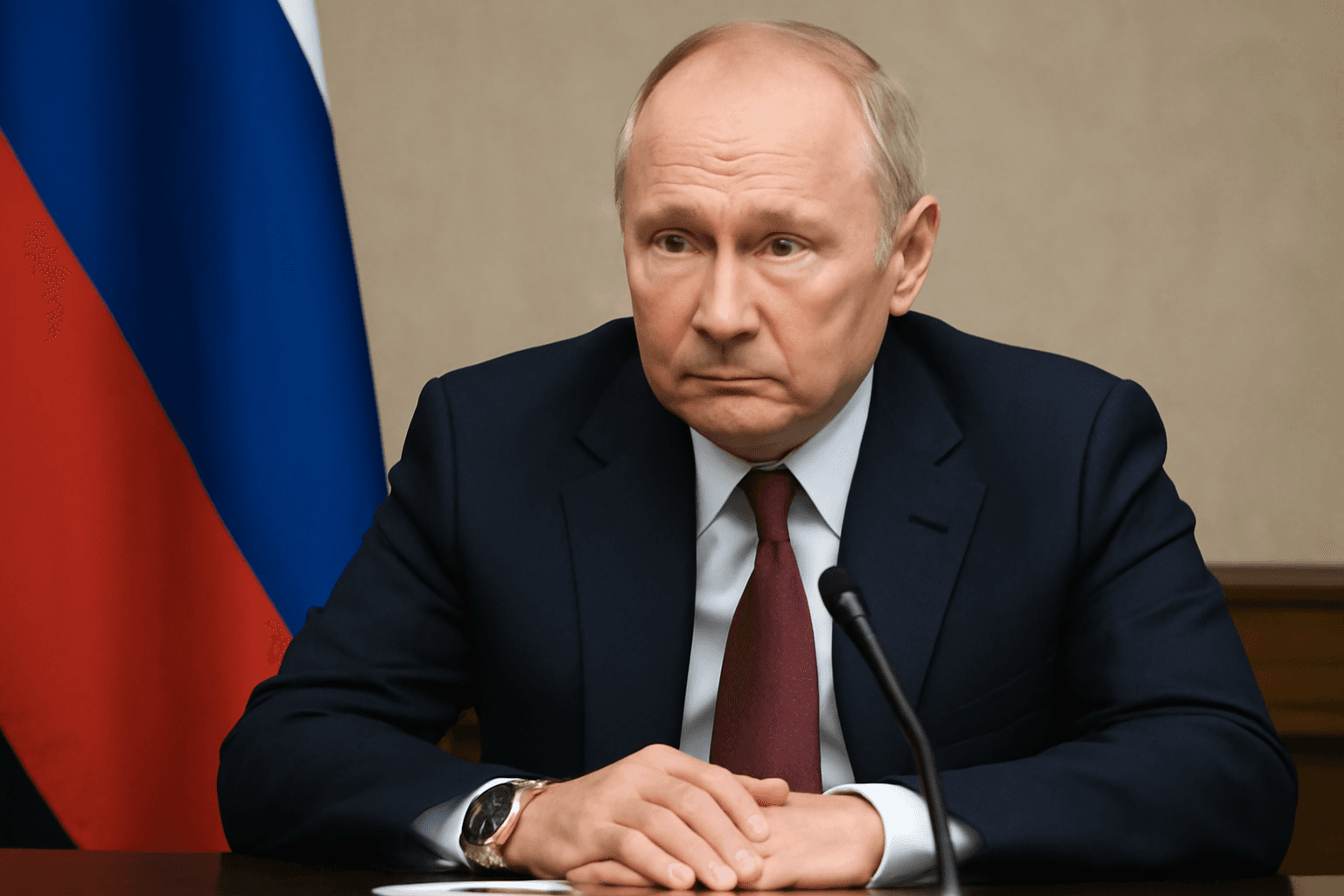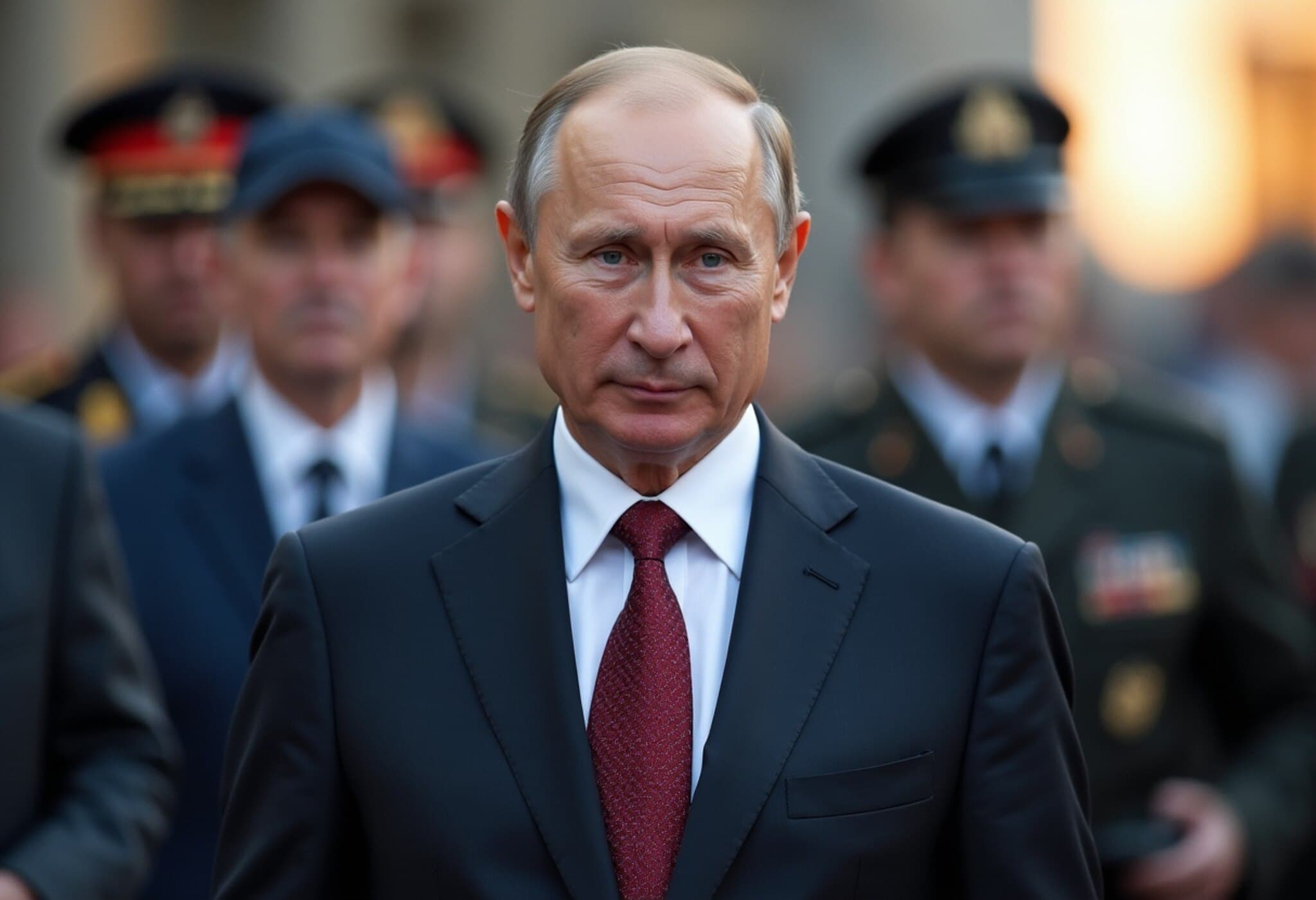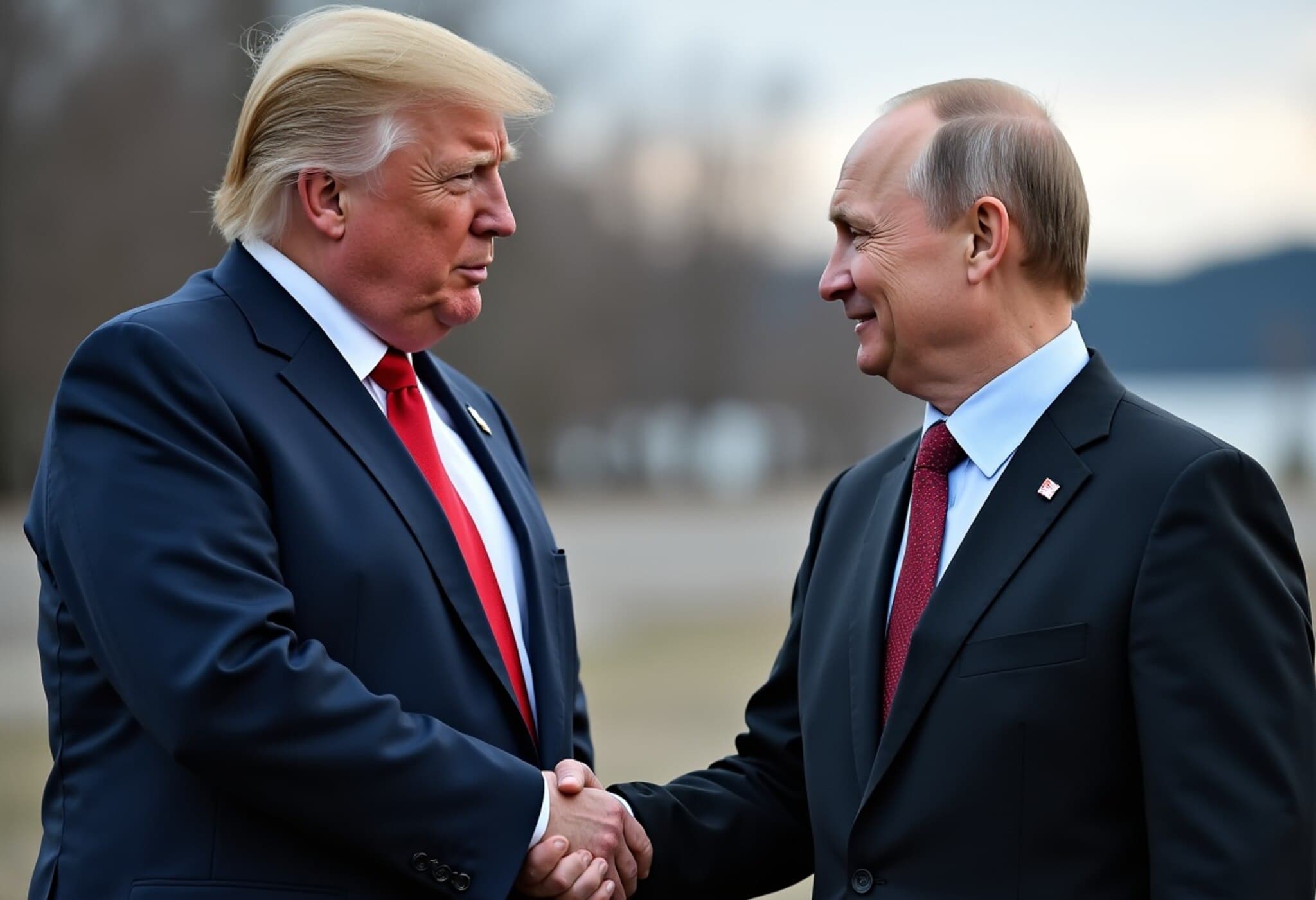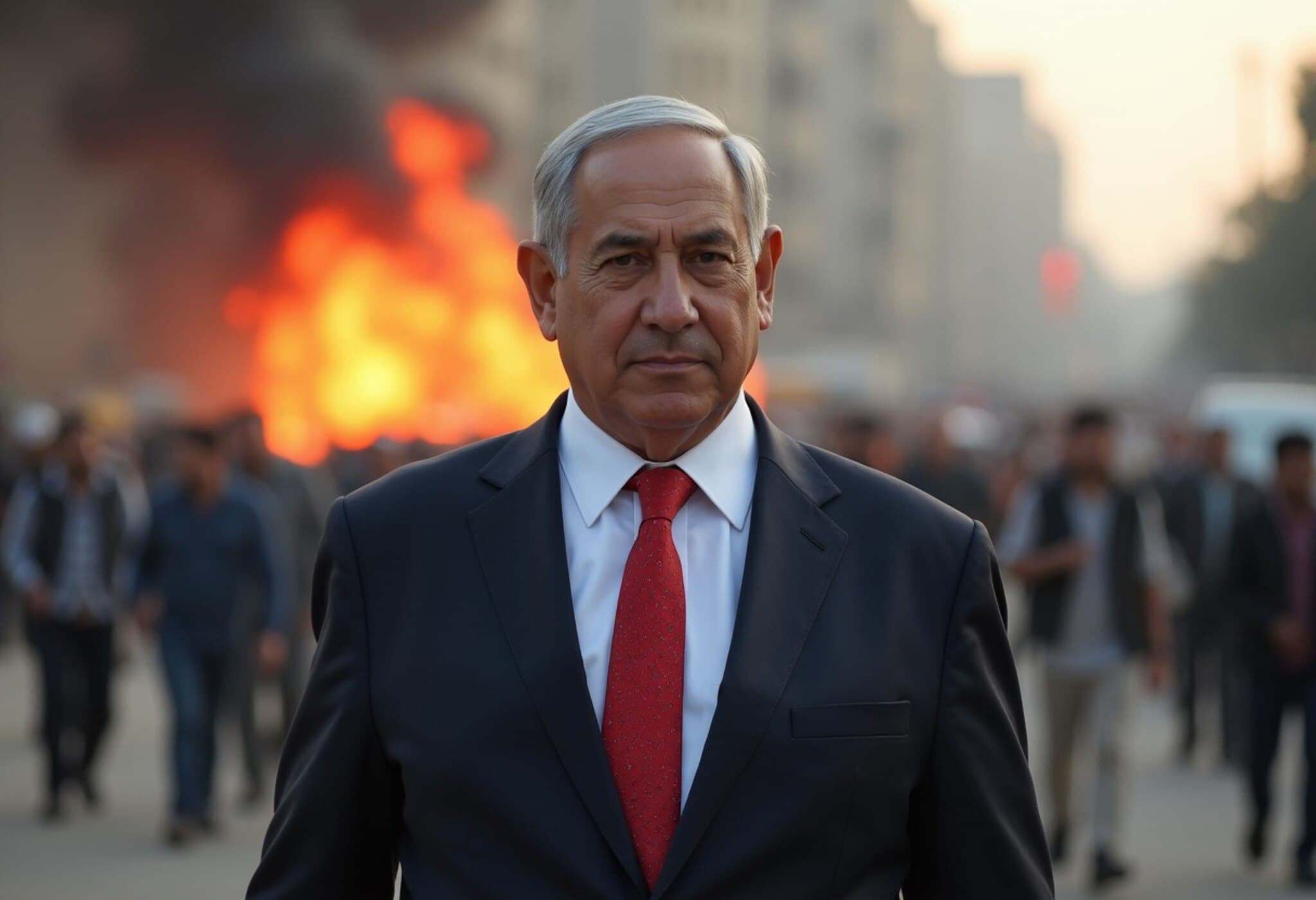Zelenskyy and Trump Engage in Critical Dialogue Ahead of August 8 Ceasefire Deadline
On Tuesday, Ukrainian President Volodymyr Zelenskyy revealed he had a "productive" conversation with U.S. President Donald Trump focusing on potential pathways to end the ongoing conflict in Ukraine. The discussion underscored evolving dynamics around sanctions on Russia and the finalization of a significant U.S.-Ukraine drone acquisition deal.
Trump’s Hardline Stance and Putin’s Reluctance
President Trump issued a stark ultimatum to Russian President Vladimir Putin, demanding that Moscow halt its military operations by August 8, or face intensified sanctions. Among these measures, Trump proposed imposing 100% tariffs on any countries importing Russian oil, signaling a willingness to escalate economic pressure substantially.
However, sources close to the Kremlin, speaking anonymously to Reuters, expressed skepticism that Putin would capitulate to this demand, reflecting Moscow's entrenched position despite growing international condemnation and pressure.
Ukraine’s Defense and Economic Strategy
Zelenskyy’s conversation with Trump highlighted Kyiv's increasing reliance on international support to sustain its defense needs. A particularly noteworthy development is the near-finalized $30 billion drone procurement agreement with the U.S., described by Zelenskyy as one of the "strongest agreements" between the nations.
This deal comes as Ukraine accelerates efforts to develop and expand its domestic arms manufacturing capability. European allies have also pledged to purchase over $1 billion worth of U.S. weaponry to supply Kyiv, reinforcing a broad coalition backing Ukraine's military resilience.
Contextual Insight: Geopolitical Stakes and Economic Ripple Effects
The high-stakes conversation between Zelenskyy and Trump epitomizes the complex geopolitical chess game surrounding the Ukraine crisis. For the U.S., leveraging economic sanctions and military aid serves dual purposes: pressuring Russia to cease aggression and signaling unwavering support for Ukraine’s sovereignty.
Meanwhile, the introduction of sweeping tariffs against nations importing Russian oil could disrupt global energy markets, disproportionately affecting European economies deeply intertwined with Russian energy supplies. Such moves necessitate a delicate balance between punishing Russian aggression and maintaining global economic stability.
Underreported Dimensions: The Human Toll and Strategic Patience
Amid diplomatic maneuvers and military aid announcements, the human cost of continued warfare often remains overshadowed. Increased drone and missile strikes against Ukrainian cities have caused significant civilian casualties and displacement, underscoring the urgent need for conflict resolution.
Experts suggest that while sanctions and military support are critical, diplomatic engagement must be coupled with addressing humanitarian needs and exploring avenues for long-term peacebuilding, rather than relying solely on ultimatums that risk prolonging the crisis.
Looking Ahead: Questions and Challenges
- Will Putin respond to the August 8 deadline, or might Moscow double down on its objectives?
- How might intensified economic sanctions reshape Russia's ties with energy-importing nations, especially in Europe and Asia?
- Can international allies sustain long-term military and economic support for Ukraine without triggering broader geopolitical fragmentation?
- What role can diplomatic channels play in complementing sanctions and aid to foster a durable peace?
Editor’s Note
As the August 8 ultimatum looms, the world watches a delicate balance of power play out between sanctions, military aid, and diplomacy. The recent exchanges between Zelenskyy and Trump provide a glimpse into strategic calculations shaping this fraught moment. Beyond headlines, it’s crucial to consider the far-reaching implications—not only for state actors but for millions directly affected by conflict and economic shifts. Understanding these intertwined dimensions can guide more informed public discourse and policy decisions as the situation unfolds.

